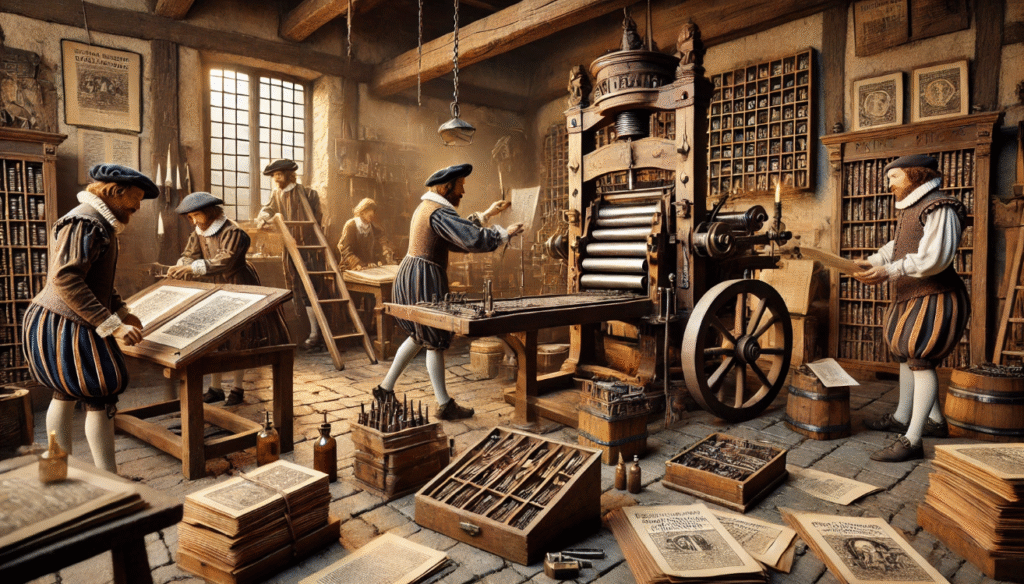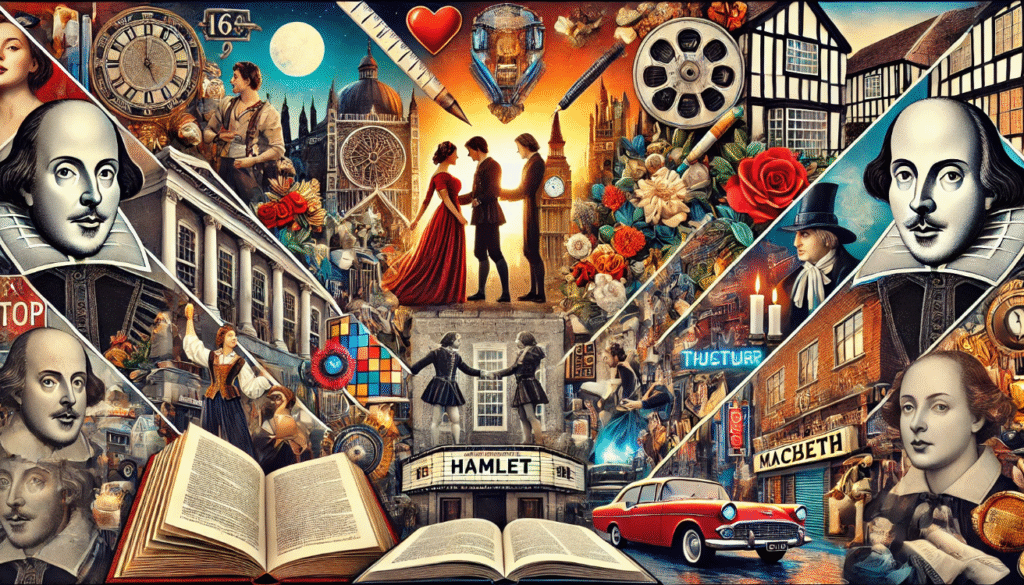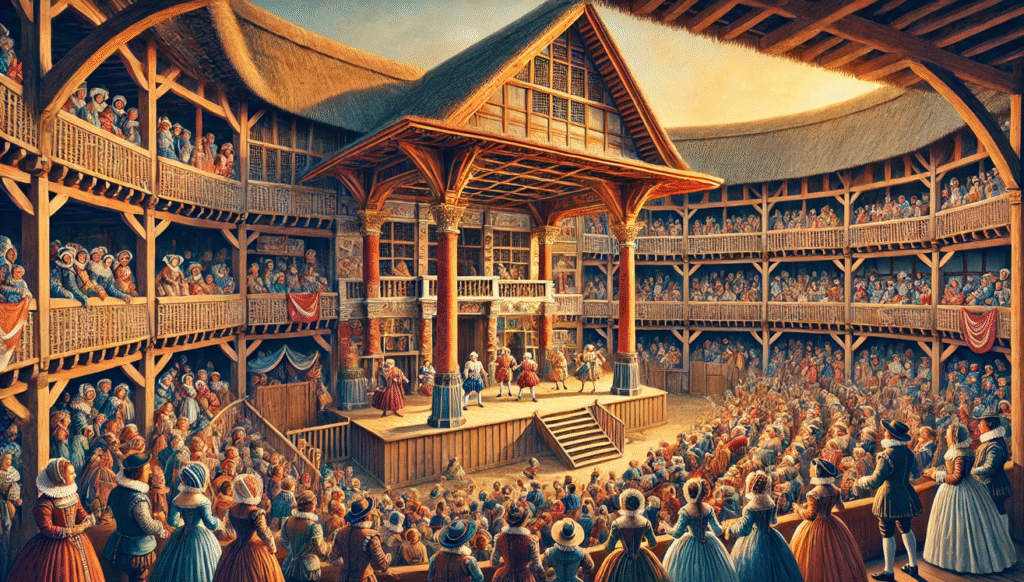 Early publications of Shakespeare’s plays, often referred to as the Bard of Avon, was an English playwright, poet, and actor who is widely regarded as one of the greatest writers in the English language and the world’s pre-eminent dramatist. His works have had a profound impact on literature and the arts, and his influence can still be seen today. Early publications of Shakespeare’s plays were crucial in shaping English literature. These publications helped to popularize his works and make them accessible to a wider audience. They also preserved his plays for future generations, ensuring that his legacy would endure. Early publications of Shakespeare’s plays shaped English literature by contributing to the development of the English language and the standardization of grammar and spelling.
Early publications of Shakespeare’s plays, often referred to as the Bard of Avon, was an English playwright, poet, and actor who is widely regarded as one of the greatest writers in the English language and the world’s pre-eminent dramatist. His works have had a profound impact on literature and the arts, and his influence can still be seen today. Early publications of Shakespeare’s plays were crucial in shaping English literature. These publications helped to popularize his works and make them accessible to a wider audience. They also preserved his plays for future generations, ensuring that his legacy would endure. Early publications of Shakespeare’s plays shaped English literature by contributing to the development of the English language and the standardization of grammar and spelling.
The Printing and Publishing Landscape of Shakespeare’s Time

During the late 16th and early 17th centuries, the printing industry experienced significant growth and expansion. Early publications of Shakespeare’s plays this period marked the transition from hand-copied manuscripts to the mass production of printed materials, leading to a widespread dissemination of literature and knowledge. Early publications of Shakespeare’s plays a crucial role in this era by financing the production of books and overseeing their distribution. They often collaborated with authors and printers to bring works to the market, and were responsible for marketing and selling the finished products. Booksellers also played a key role in the distribution of literature, acting as intermediaries between publishers and consumers. They operated bookshops and stalls, and often engaged in the import and export of books, contributing to the global exchange of ideas and knowledge.
The rise of printed drama has had a significant impact on the accessibility of theatrical works. With printed scripts, individuals can now access and read plays and scripts from the comfort of their own homes or anywhere they choose. This accessibility has opened up the world of drama to a wider audience, allowing more people to engage with and appreciate the art form. Additionally, printed drama has made it easier for educators, directors, and actors to access and study a wide range of theatrical works, leading to a greater diversity of performances and productions. Overall, the availability of printed drama has increased accessibility and interest in the theatrical arts.
The First Editions: Quartos and Folios
 Quartos and folios are two different types of publications for plays from the early modern period. Quartos are individual publications of a single play, typically printed in a smaller format and sold separately. These were often created for the purpose of making a profit and were not always authorized by the playwright. As a result, there can be variations and inconsistencies between different quarto editions of the same play. On the other hand, folios are collected works that contain multiple plays by one author. These were often published as a way to preserve and promote the works of a particular playwright. The most famous example of a folio is the First Folio of Shakespeare’s plays, which was published posthumously in 1623Some notable plays published in quarto format before the First Folio (1623. include “Hamlet,” “Othello,” “King Lear,” and “Romeo and Juliet.” These earlier quarto editions are important because they provide valuable insights into the early versions of Shakespeare’s plays and how they were originally performed. The First Folio, published in 1623, is a significant milestone in the preservation of Shakespeare’s works. It was the first collected edition of his plays and included 36 of his works, 18 of which had never been published before. Without the First Folio, many of Shakespeare’s plays, including “Macbeth” and “The Tempest,” may have been lost to history.
Quartos and folios are two different types of publications for plays from the early modern period. Quartos are individual publications of a single play, typically printed in a smaller format and sold separately. These were often created for the purpose of making a profit and were not always authorized by the playwright. As a result, there can be variations and inconsistencies between different quarto editions of the same play. On the other hand, folios are collected works that contain multiple plays by one author. These were often published as a way to preserve and promote the works of a particular playwright. The most famous example of a folio is the First Folio of Shakespeare’s plays, which was published posthumously in 1623Some notable plays published in quarto format before the First Folio (1623. include “Hamlet,” “Othello,” “King Lear,” and “Romeo and Juliet.” These earlier quarto editions are important because they provide valuable insights into the early versions of Shakespeare’s plays and how they were originally performed. The First Folio, published in 1623, is a significant milestone in the preservation of Shakespeare’s works. It was the first collected edition of his plays and included 36 of his works, 18 of which had never been published before. Without the First Folio, many of Shakespeare’s plays, including “Macbeth” and “The Tempest,” may have been lost to history.
The Influence of Early Publications on English Literature

Standardization of Language:
Early texts contributed to the development of Early Modern English in several ways. Firstly, they helped standardize the language by providing examples of grammar, vocabulary, and syntax for writers to emulate. Additionally, these texts played a crucial role in spreading the language to a wider audience, as printing technology allowed for the mass production and distribution of books and pamphlets. This increased exposure to written English helped to solidify its usage and establish it as the dominant language of the time. Furthermore, early texts also influenced the development of English literature, as writers drew inspiration from these foundational works and built upon their themes, styles, and techniques. Overall, these early texts were instrumental in shaping the evolution of Early Modern English and laying the groundwork for its continued growth and influence.
Literary Influence:
Shakespeare’s printed works have had a profound impact on other playwrights and poets throughout history. His innovative use of language, complex characters, and universal themes have served as a source of inspiration for countless writers. Many have drawn on his plays and sonnets for inspiration, incorporating his storytelling techniques and poetic devices into their own work. Additionally, Shakespeare’s enduring popularity has led to numerous adaptations, re-imaginings, and references in literature, demonstrating the lasting influence of his printed works on the literary world.
Cultural Accessibility:
Printed plays have played a crucial role in making Shakespeare’s works more widely available to the public. By being printed and distributed, Shakespeare’s plays were able to reach a larger audience and make his work accessible to people who may not have been able to attend live performances. This has helped to ensure that his works have been preserved and remain influential in literature and theater. Additionally, the printing of Shakespeare’s plays has allowed for greater scholarly analysis and study, further cementing his place in literary history.
Performance vs. Print:
The availability of published scripts has greatly influenced theater productions by providing a wider range of material for directors and producers to choose from. It has allowed for the dissemination of diverse voices and perspectives, leading to more inclusive and representative storytelling on the stage. Additionally, published scripts have made it easier for theater companies to access and produce lesser-known or original works, contributing to the innovation and evolution of the art form. Overall, the availability of published scripts has had a significant impact on the diversity and quality of theater productions.
Editorial Changes and Interpretations Over Time

The variations in different editions of Shakespeare’s plays can be attributed to the challenges faced by editors in compiling and preserving accurate versions of his works. These challenges include deciphering handwritten manuscripts, dealing with printing errors, and reconciling conflicting versions of the same play. The changes in these editions have shaped modern interpretations of Shakespeare by influencing our understanding of his intentions, language, and characters. Scholars and editors continue to debate the significance of these variations, and their impact on how we perceive and appreciate Shakespeare’s timeless works.
The Legacy of Early Shakespeare Publications in Modern Literature

Shakespeare’s works continue to influence contemporary writers due to their timeless themes, complex characters, and masterful storytelling. Many modern authors draw inspiration from Shakespeare’s exploration of human nature, love, power, and conflict. His influence can be seen in various genres, from novels to plays to poetry. Early publications of Shakespeare’s works have played a crucial role in academic studies and literary analysis. These publications have allowed scholars to study and dissect his texts, leading to a deeper understanding of his writing style, themes, and cultural impact. This has contributed to the ongoing relevance of Shakespeare in academic circles and beyond. In terms of modern publishing, Shakespeare’s works have had a significant impact on the preservation and promotion of classic literature.
The article discusses the important role that early publications played in shaping English literature. It highlights how these publications provided a platform for writers to share their work and for readers to access a wide range of literary content. The article emphasizes the significance of these early publications in establishing literary movements and influencing the development of English literature. It argues that without these early publications, the literary landscape would have looked very different, and their impact is still felt in modern literature. Overall, the article reinforces the argument that early publications played a crucial role in shaping English literature.
Shakespeare’s influence can still be felt in modern society in a multitude of ways. His plays and sonnets continue to be studied and performed around the world, and his impact on the English language is undeniable. Many of his themes and characters are still relevant today, and his ability to capture the essence of the human experience resonates with audiences of all ages. Shakespeare’s continued influence speaks to the timelessness of his work and the enduring power of his storytelling. His legacy serves as a reminder of the enduring impact that great art can have on the world.













